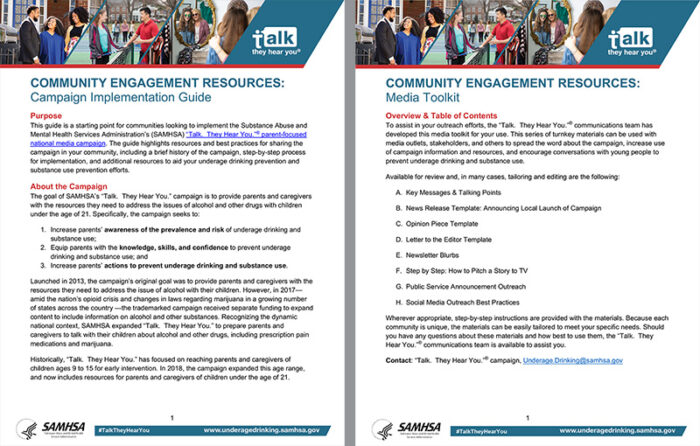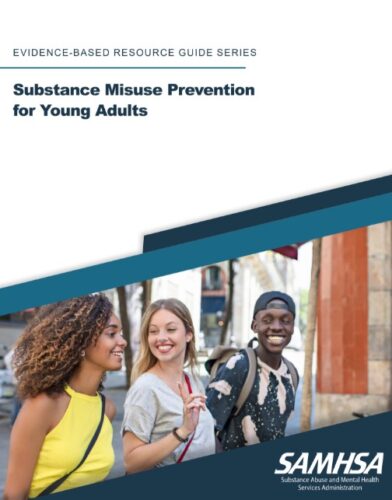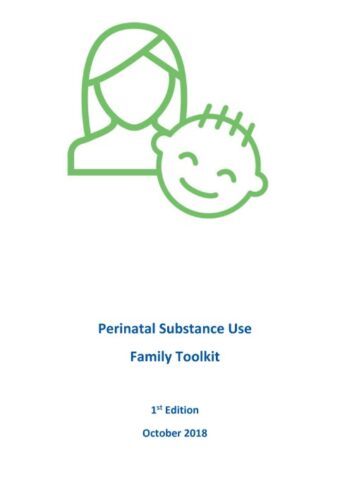Medications for Addiction Treatment
Sample policy and procedure to ensure that agency guidelines on MAT services are compliant with LA County requirements.
Behavioral Health Services, Inc.
Subject: Substance Use Disorder (SUD) General Policies Policy#: 4.2.22
Title: Medications for Addiction Treatment
Effective Date of This Revision: 4/25/24
Contact: Chief Compliance Officer 310-679-9126 Administration
Applies to:
Officers
Other agents
Staff
Visitors
Student clinicians
Contractors
Volunteers
✓ Subcontractors / Business Associates
PURPOSE:
To assure that BHS’ Policy and Procedure on Medications for Addiction Treatment (MAT) are compliant with DHCS and LA DPH/SAPC’s requirements for Licensed and/or Certified SUD treatment facilities.
POLICY:
BHS will comply with all requirements of SB 184 and DHCS BHIN 23-054 in regards to
Medications for Addiction Treatment (MAT) in addition to requirements of the Los Angeles County SAPC Provider Manual.
In Compliance with HSC Sections 11831.1 and 11834.28, BHS SUD Treatment Facilities will:
(a) Offer MAT services directly to clients, or have an effective referral process in place with
narcotic treatment programs (NTP), community health centers, or other MAT providers such that patients have access to all FDA-approved medications for SUDs.
(b) An effective referral process shall include an established relationship with a MAT
provider and transportation to appointments for MAT. Providing contact information for a
MAT provider does not meet the requirement of an effective referral.
(c) Implement and maintain a MAT policy approved by DHCS. The MAT policy shall do all of the following:
(1) Explain how a client receives information about the benefits and risks of MAT.
(2) Describe the availability of MAT at the program, if applicable, or the referral process for MAT.
(3) Identify an evidence-based assessment for determining a client’s MAT needs.
(4) Address administration, storage, and disposal of MAT, if applicable.
(5) Training will initially be done directly by BHS with refreshers offered either directly or
through Relias.
(6) Outline training for staff on the MAT policy.
PROCEDURES:
1. A client receives information about the benefits and risks of MAT (HSC Section
11811.1(c)(1); HSC Section 11834.28(c)(1)) including information specific to each
type of medication approved for treating their SUD(s) through provision of a BHS MAT Information Document which will be reviewed with them by staff.
a. This information will be provided to the client and any appropriate family or significant others upon intake and at relevant intervals during their course of treatment (for instance in an Education Group with MAT as a focus).
b. BHS will present follow-up information to a client about MAT if the client initially refuses MAT information at relevant intervals (such as an Education Group with MAT as a focus) in their course of treatment
c. MAT information will be provided to the clients and discussed with them by qualified staff acting within their scope.
d. BHS has developed MAT information based on SAMHSA and other MAT information sources.
e. MAT Education for the patient will documented in either the intake note or case management notes within 30 days of intake.
2. MAT is provided by referral to the MAT Team that BHS maintains in its Health Center Network or onsite (at a future time to be determined) or through an MOU relationship with an NTP. If a client is already on MAT when they enter treatment we will facilitate continued work with that provider including case management and transportation if necessary.
a). Eligibility requirements – all SUD clients are eligible for MAT services b). All FDA-approved medications are available by referral
c). Frequency of appointments are as scheduled with their MAT provider, monitored by case management while in SUD treatment
d). A list of MAT referral facilities for each site including names, addresses, phone numbers,
websites (when available) and distance from facilities including BHS’ Health Center Network, the California Bridge Program and NTP’s is attached.
e). The number of referrals given will vary according to client but one feasible for the client
will be assured.
f). BHS has its own Health Center Network and the California Bridge Program does not
require an MOU. MOU’s with NTP’s have been obtained and will continue to be.
g). Transportation is arranged for client either in a BHS vehicle, through our corporate Uber
account, by Taxi voucher, or by other means if necessary but always at no cost to client.
3. The ASAM Assessment is applied to all incoming clients (excepting Withdrawal
Management Clients). In addition the one or more of the following scales (in consultation with the Medical Director as needed) will be used as appropriate for MAT:
a. For clients potentially experiencing withdrawals Clinical Opioid Withdrawal
Scale (COWS) and Clinical Institute Withdrawal Assessment for Alcohol
(CIWA) will be used
b. For clients experiencing cravings Brief Substance Craving Scale (BSCS) will be used.
c. To determine the severity of the substance use disorder (if one of the above two assessments are not already applied) the Drug Abuse Screening Tool (DAST) or Alcohol Use Disorders Identification Test (Audit-C) will be used depending on substance of use.
d. If another Evidence Based Assessment is more appropriate (such as CINA) one will be chosen from the state approved list.
e. The evidence based assessment will be performed within 24 hours.
f. If the evidence-based assessment is performed by an AOD counselor, an LPHA acting within the scope of their license or certificate must review and approve the assessment, and determine if MAT treatment is appropriate for the client to be evaluated for and approve the referral for such no later than forty-eight (48) hours after admission.
g. If the evidence-based assessment is performed by an LPHA acting within the scope of their license or certificate, they must review and approve the assessment, and determine if MAT treatment is medically appropriate for the client to be evaluated for after performing the assessment.
h. Any change to the facility’s evidence-based assessment policy and procedures requires a written notice to DHCS.
4. MAT administration, storage and disposal:
a) In CDRH’s the existing policies on medications will be followed for all aspects.
b) In residential facilities the IMS policies will be followed for all aspects.
c) In outpatient facilities there is no MAT storage, administration or disposal.
5. Staff training on the benefits and risks of MAT and BHS policy on MAT will include: each
specific type of medication, the evidence basis for MAT, overcoming MAT stigma, the importance of case management for MAT and will provided upon hire and annually thereafter. Training will be done on Relias when possible. Additional training will also
include BHS’ MAT policy.
a. Required staff will attend the training upon hire (within 90 days of hire) and annually
thereafter.
b. The qualifications for staff conducting the training will be LPHA or self-study course designed by an LPHA.
c. All direct care SUD staff and their supervisors must receive the training but all BHS staff are encouraged to attend.
d. Documentation of MAT training will be inserted in the training section of the personnel files.
6. All clients are allowed to use their preferred MAT medication so long as the prescriber or
MAT provider determines the medication is clinically beneficial. This includes:
a. Client access to their program shall not be denied because of their use of FDA-approved
medications for the treatment of SUD;
b. Clients are not required to change their MAT medication in order to receive treatment
services;
c. Clients are supported to continue to receive their preferred MAT medications;
d. Clients will not be compelled to taper, discontinue, or abstain from medications provided as part of MAT.
e. Case management will confirm follow-up appointments scheduled prior to discharge from the SUD facility with transportation arranged and sufficient medication to bridge the care transition until the scheduled follow up appointment.
7. Methadone Procedures
a. A log will be kept of the request for methadone as a preferred MAT medication by
incoming clients;
b. Should the request level exceed the capabilities of current NTP provider for the site an MOU will with an additional NTP will be sought.
c. BHS will enter into a care coordination agreement or memorandum of understanding
(MOU) with a sufficient number of NTPs (including NTP MU or NTP mobile units) to meet demand at the facility. The care coordination agreement or memorandum of understanding must address the following components:
i. A referral will be provided within 24 hours of request for MAT.
ii. The plan for transportation is noted in #2g above.
iii. The plan for safe storage is noted in #4 above.
iv. If a client is in residential or inpatient program any take home doses will be kept under double lock and monitored by facility staff.
v. Case management will ensure continuation of MAT services to the extent of client’s
willingness
vi. Case management will confirm follow-up appointments scheduled prior to discharge from the SUD facility with transportation arranged and sufficient medication to bridge the care transition until the scheduled follow up appointment.
8. Due to the recent rescinding of the X-Waiver requirement Buprenorphine will be handled the same as other non-Methadone MAT as noted in #1-6 above.
REFERENCES:
California SB 184, DHCS BHIN 23-054, DHCS SB 184 Requirements FAQ, Los Angeles County SAPC provider Manual 7.0
SUD General Policies Medications for Addiction Treatment Policy # 2.8.3
Reviewed by: Board of Directors Review Date: 2/22/24
Approved by: Board of Directors Approval Date: 4/25/24
Effective Date 4/25/24
Supersedes Policy/Date: N/A
Related Posts
Community Engagement Resources
Various tools and documents that will support SUD providers with proper languages, media involvement, and overall techniques to use when engaging with the community.
Substance Misuse Prevention for Young Adults
This guide discusses effective prevention practices to mitigate risk factors associated with substance misuse and promote protective factors among: all young adults generally; young adults at significantly higher risk for substance misuse; and young adults who are not diagnosed with a SUD but are engaging in substance misuse.
Perinatal Substance Use: Family Toolkit
This booklet provides tools you need to be as healthy as you can be during pregnancy, whether or not you decide to stop using.


